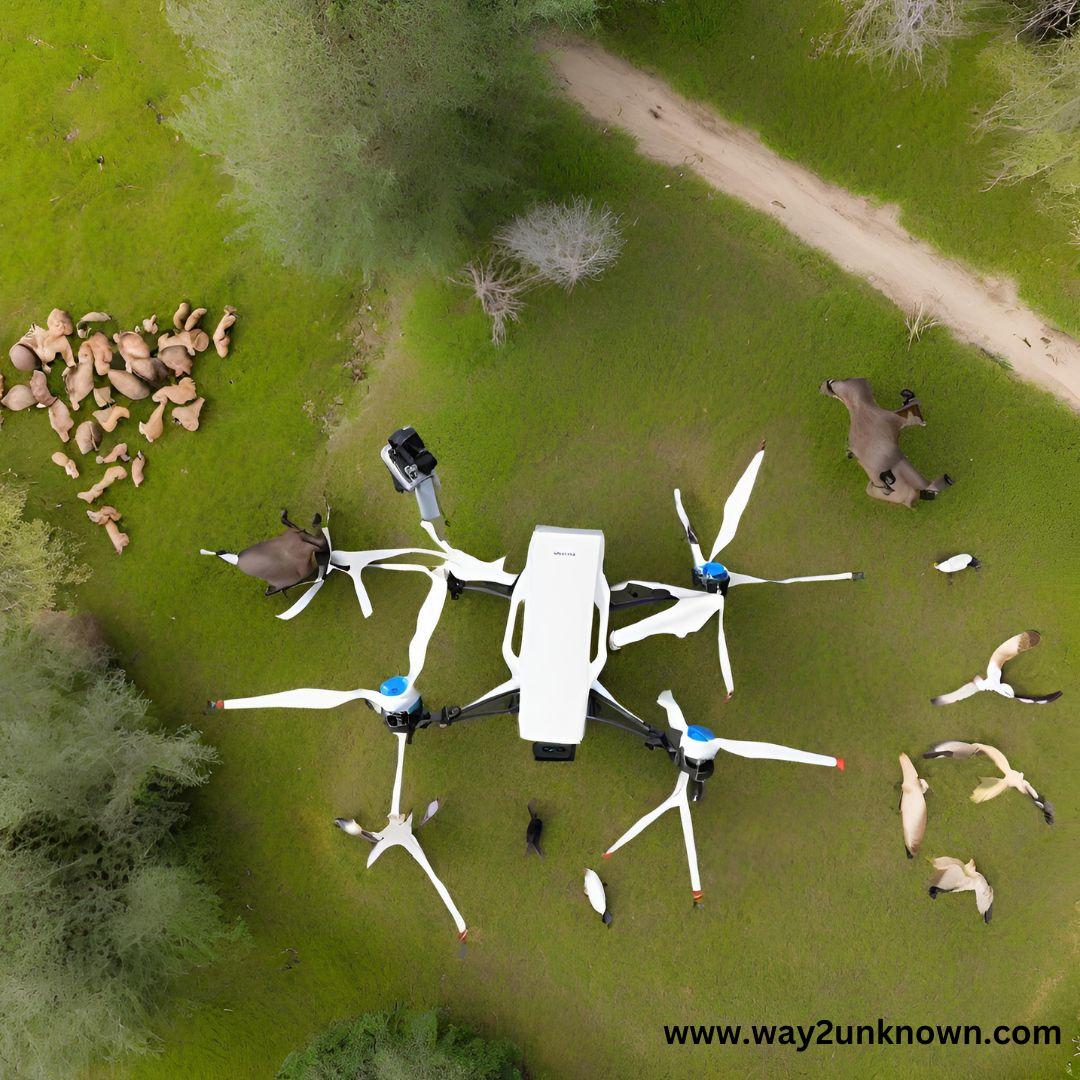Eyes in the Sky: Harnessing AI Drones for Wildlife Protection and Habitat Preservation

In recent years, the integration of drones equipped with artificial intelligence (AI) has emerged as a powerful tool in conservation efforts aimed at monitoring wildlife populations and habitats. These innovative technologies offer unique advantages, revolutionizing the way researchers and conservationists gather crucial data while minimizing human disturbance to delicate ecosystems.
One significant advantage of using drones with AI for wildlife monitoring is their ability to cover large and inaccessible areas with ease. Equipped with high-resolution cameras and AI algorithms, drones can quickly and accurately survey vast expanses of land, providing valuable insights into wildlife populations and their habitats. This capability enables conservationists to monitor endangered species, track migration patterns, and assess habitat health more efficiently and comprehensively than traditional methods.
Furthermore, drones equipped with AI can analyze data in real-time, allowing for immediate insights and decision-making. By utilizing machine learning algorithms, these drones can identify and classify wildlife species, detect changes in vegetation density, and even assess environmental factors such as water quality and pollution levels. This real-time analysis empowers conservationists to respond promptly to emerging threats and implement targeted conservation measures to protect vulnerable species and habitats.
In conclusion, the use of drones equipped with AI represents a promising approach to wildlife monitoring and conservation. By harnessing the capabilities of these advanced technologies, researchers and conservationists can gather critical data more effectively, make informed decisions, and ultimately work towards preserving biodiversity and safeguarding our planet's natural heritage.